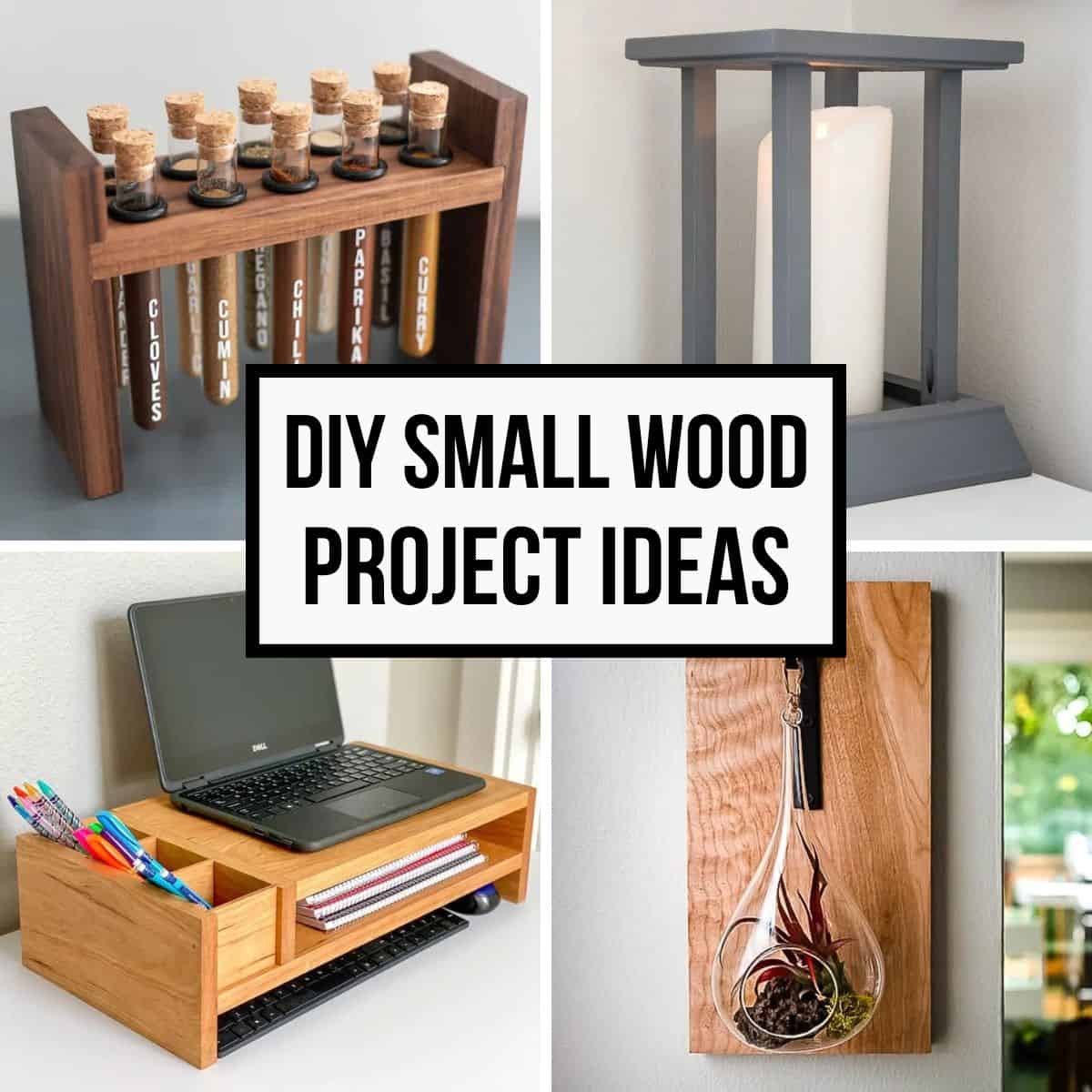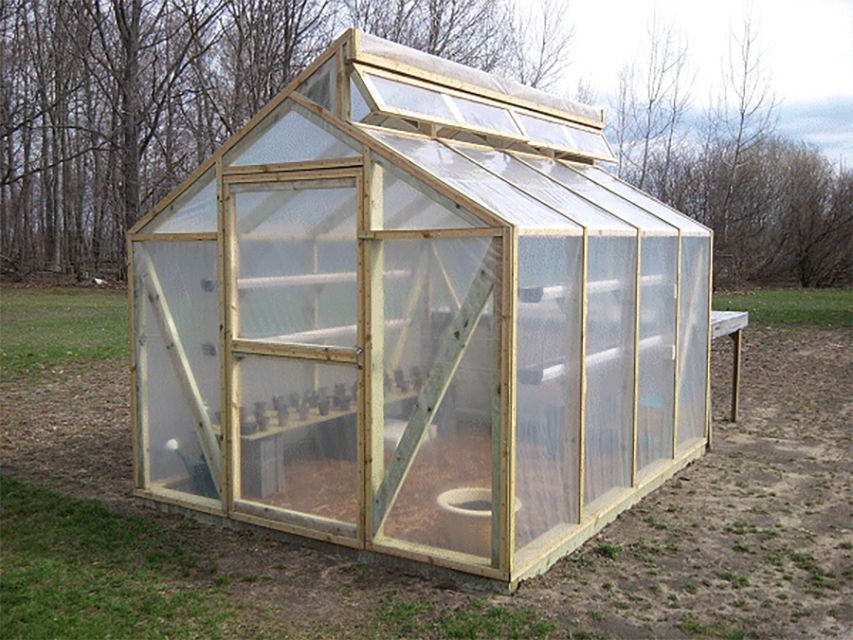DIY Solutions for Storing Hair Extensions and Headbands: Practical, Affordable, and Effective
Introduction
Keeping your hair extensions and headbands in pristine condition requires more than just tossing them into a drawer. Whether you invest in high-quality human hair extensions or love collecting colorful headbands, proper DIY storage is essential to maintain their look, hygiene, and longevity. This guide provides detailed, actionable steps, real-world examples, and practical alternatives for storing hair extensions and headbands at home without expensive specialty products. Learn how to use everyday items and proven techniques to prevent tangling, damage, and clutter, so your accessories are always ready to use.
Why Proper Storage Matters
Hair extensions and headbands are delicate and can quickly lose their appeal if not cared for properly. Poor storage can lead to tangling, matting, breakage, and buildup of dust or moisture , which shortens their lifespan. For extensions, improper handling can also cause shape distortion or even mold if stored while damp. Headbands, especially those with embellishments or delicate fabrics, can bend or lose elasticity when stacked haphazardly. By establishing a simple storage routine, you’ll extend the life and appearance of your accessories and save money in the long run [1] [2] .
DIY Hair Extension Storage: Step-by-Step Guide
1. Preparation: Clean and Detangle
Before storing, always ensure your extensions are clean and completely dry. Moisture can cause bacteria or mold. Gently brush each weft, starting from the ends and working upward, using a wide-tooth comb or a loop brush designed for extensions. This prevents matting and keeps the fibers aligned [2] [3] .
2. Choose a DIY Storage Solution
There are several affordable options you can create at home:
- Storage Box: Repurpose a clean, dry shoebox or plastic container. After detangling, gently coil or lay the extensions flat, securing them with a soft hair tie at the base to prevent tangling. Place tissue paper between wefts if storing multiple sets [1] [4] .
- Silk/Satin Bags or Pillowcases: Use a silk or satin drawstring bag, or even a pillowcase if a bag isn’t available. The smooth material minimizes friction, reducing frizz and breakage. Place the extensions inside, ensuring they have room to breathe and aren’t compressed [4] .
- DIY Hanger System: If you have a skirt hanger with clips, gently secure the wefts to the hanger and cover with a clean scarf or cloth to protect from dust. Hang in a closet away from sunlight and moisture [3] .
3. Storage Environment
Store extensions in a cool, dry place away from direct sunlight . Avoid humid bathrooms or areas prone to temperature changes. Closets, dresser drawers, or under-bed storage boxes are excellent options [2] .

Source: pastexpiry.blogspot.com
4. Routine Maintenance
Check your extensions periodically for tangles, dryness, or signs of damage. Re-brush and air them out monthly, especially if stored for long periods. For travel, use a portable silk pouch or a hard case to prevent crushing and tangling [3] .
Example: Sarah uses a recycled shoebox lined with a silk scarf to store her clip-in extensions. She always brushes them before storage and keeps the box in her closet. After six months, her extensions remain tangle-free and vibrant.
DIY Headband Storage: Creative and Functional Methods
Headbands come in various shapes and materials, from slim metal bands to padded fabric styles. The right DIY storage keeps them organized, visible, and damage-free.
1. Upcycled Containers and Holders
- Paper Towel Roll Stand: Slip headbands over a vertical paper towel holder or a sturdy cylindrical object. This keeps them stacked, easy to see, and prevents bending.
- Repurposed Jars or Vases: Place slim headbands inside a large, clean jar or vase. For wider or padded bands, use the rim to rest them securely.
- Tension Rod Organizer: Install a small tension rod in a bathroom cabinet or closet. Slide headbands onto the rod for easy access and display.
2. DIY Hanger Organizer
Transform a regular clothes hanger into a headband organizer by attaching shower curtain rings or ribbon loops. Hang headbands through the rings or tie them onto the ribbons. This method works especially well for padded or elastic headbands and maximizes vertical closet space.
3. Mounted Display Board
For a decorative touch, use a corkboard, foam board, or wooden strip mounted on the wall. Add push pins, hooks, or nails to hang each headband individually. This not only organizes but also displays your collection as wall art. For fabric headbands, use clothespins to prevent stretching.
Example: Madison crafted a headband display by wrapping a foam board with fabric and adding rows of push pins. Her collection is now organized by color and easy to match with outfits each morning.
Step-by-Step Instructions for Creating DIY Storage
Hair Extensions Storage Box
- Find a clean shoebox or small plastic container.
- Line the bottom with a silk or satin scarf (optional for extra protection).
- After brushing and securing extensions, coil or lay them flat.
- If storing multiple sets, separate them with tissue paper.
- Close the box and store it in a cool, dry area.
Headband Hanger Organizer
- Take a basic clothes hanger (preferably plastic or wood).
- Attach shower curtain rings, spaced evenly, to the lower bar or main frame.
- Thread each headband through a ring or loop over the hanger.
- Hang the organizer in your closet for easy visibility.
Potential Challenges and Solutions
Challenge: Extensions become frizzy or tangled in storage. Solution: Always brush before storage, use silk or satin lining, and avoid overstuffing containers. For synthetic hair, consider applying a leave-in conditioning spray before storage (always check product compatibility first) [5] .
Challenge: Headbands lose shape or get lost. Solution: Use vertical storage methods, such as stands or hangers, to maintain shape and visibility. Group by type or color to streamline your routine.
Alternative Approaches and Additional Tips
If you have limited space, opt for under-bed storage boxes or multi-compartment drawer organizers. For travel, compact silk pouches protect both hair extensions and headbands without bulk. You may also find specialized storage products at beauty supply stores, but DIY methods are typically just as effective and far more affordable [3] .
For those seeking inspiration, many online beauty retailers and hair care brands offer photo galleries and video tutorials on creative storage solutions. While you should ensure any product you purchase is from a reputable retailer, most DIY storage can be accomplished with items already in your home.
How to Access More Resources
For further guidance on hair extension and headband storage, consider searching reputable beauty blogs, hair care brands, and online forums. You can search for terms like “hair extension storage ideas” or “DIY headband organizer” for community-shared solutions. If you need specific care instructions for a particular brand of extensions, it’s best to visit the official website or contact their customer support. Many brands provide detailed care and storage guides directly on their product pages [1] [2] .
Summary and Key Takeaways
Proper DIY storage for hair extensions and headbands is simple, affordable, and highly effective. By following the step-by-step methods and creative approaches outlined above, you’ll keep your hair accessories organized, damage-free, and ready to use. Remember to prioritize clean, dry storage environments and to inspect your items regularly for best results. For additional support or updates on best practices, visit the official websites of leading hair extension brands or consult trusted beauty resources.
References
- [1] ZALA Hair (2024). How to Store Your Hair Extensions.
- [2] Luxy Hair (2024). Where is the best way to store clip-in hair extensions?
- [3] Fabulive (2025). The Best Hair Extension Storage Hacks You Need to Know.
- [4] Cliphair (2023). Storing Hair Extensions: The Ultimate Guide.
- [5] Endaring Hair (2024). Storage Guide: How To Store Clip Ins Hair Extensions?
MORE FROM hotondeals.com













